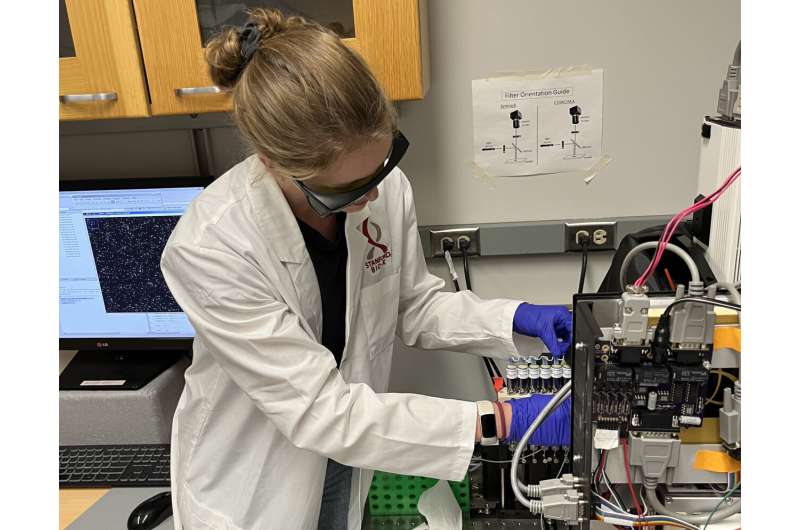A collaborative study between researchers from Stanford University and Stockholm University has shed light on the complex mechanisms of gene regulation in human cells. Published in the journal Cell on November 26, 2025, the research focuses on how proteins known as transcription factors recognize specific regions of DNA to either activate or silence genes, a process vital for the diverse functions of cells in the body.
Transcription factors play a crucial role in gene expression, determining whether a gene is turned on or off. The study highlights the key transcription factor KLF1, which is essential for the development of red blood cells responsible for oxygen transport throughout the body. When the binding of transcription factors like KLF1 to DNA is disrupted, it can lead to various diseases, including cancer.
Detailed Insights into DNA Recognition
The research team, led by assistant professor Emil Marklund from the Department of Biochemistry and Biophysics at Stockholm University, developed innovative experimental methods to assess how KLF1 interacts with DNA. Their findings indicate that the binding characteristics observed in laboratory settings closely align with those found in human cells.
“The most important result is that we show it is possible to understand the binding between this transcription factor and DNA in human cells, and that this behavior is consistent with what we measure in test tubes,” Marklund stated. This breakthrough represents a significant advancement in basic scientific understanding of gene regulation.
Implications for Health and Biology
Marklund elaborated on the broader implications of transcription factor binding, noting its pivotal role in biological diversity. “This process controls that, for example, a nerve cell in the brain has different gene expression than a cell in the immune system,” he explained. Genetic studies reveal that over half of all mutations linked to genetic diseases occur in regions of DNA where transcription factors bind.
Ph.D. student Julia Schaepe, the study’s first author from the Greenleaf Lab at Stanford University, emphasized the expanded understanding of how transcription factors interact with DNA. “We discovered that this transcription factor pays attention to much more of the DNA sequence surrounding its binding sites than previously thought,” she said. By integrating precise measurements from both laboratory experiments and human cell analysis with physical modeling, the research team was able to construct a more comprehensive view of DNA recognition and gene regulation.
The findings from this study not only enhance knowledge about the fundamental processes of gene expression but also pave the way for potential future research aimed at addressing genetic diseases. With ongoing investigations, the hope is to further clarify the intricate relationships between transcription factors and DNA, ultimately contributing to advancements in genetic therapies and treatments.
For more details, refer to the full study: Julia M. Schaepe et al, “Thermodynamic principles link in vitro transcription factor affinities to single-molecule chromatin states in cells,” published in Cell (2025). DOI: 10.1016/j.cell.2025.11.008.






































































